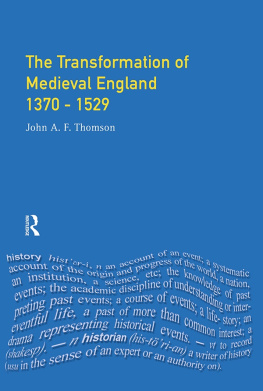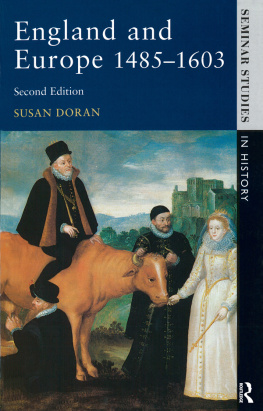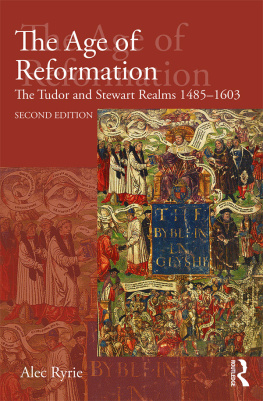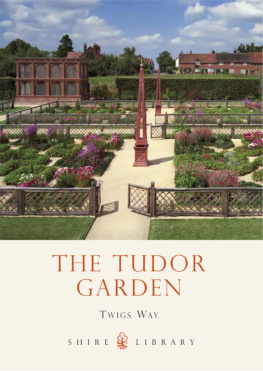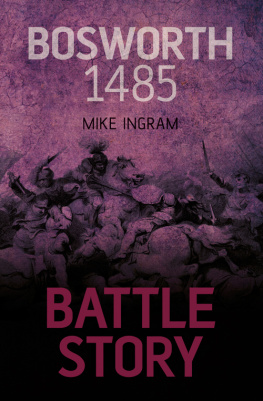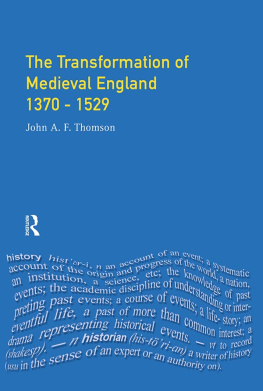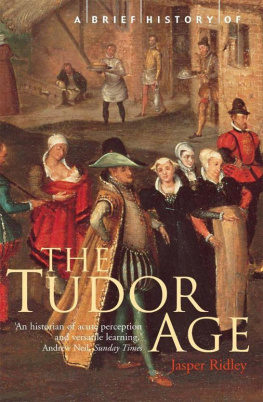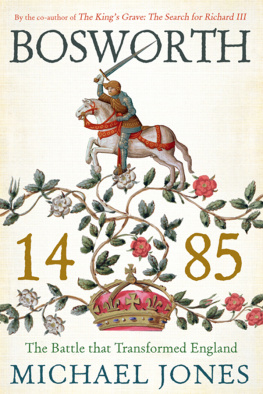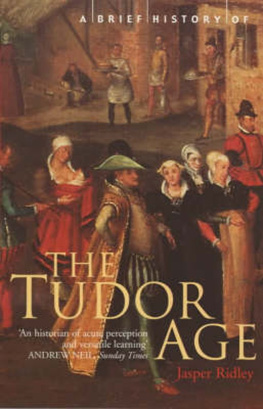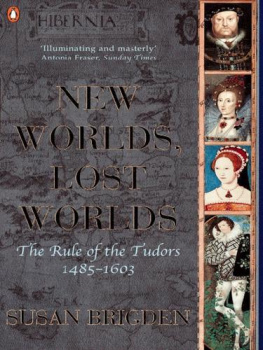First published 1993
by Longman Group UK Limited
Published in the United States of America by Longman Publishing
Published 2014
by Routledge
2 Park Square, Milton Park, Abingdon, Oxon OX14 4RN
711 Third Avenue, New York, NY 10017 USA
Routledge is an imprint of the Taylor & Francis Group, an informa business
Taylor & Francis 1993
All rights reserved; no part of this publication may be reproduced, stored in a retrieval system, or transmitted in any form or by any means, electronic, mechanical, photocopying, recording, or otherwise without either the prior written permission of the Publishers or a licence permitting restricted copying in the United Kingdom issued by the Copyright Licensing Agency Ltd., 90 Tottenham Court Road, London W1P 9HE.
ISBN 978-0-582-06377-8 CSD
ISBN 978-0-582-21872-7 PPR
ISBN: 978-1-315-84570-8 (eISBN)
British Library Cataloguing-in-Publication Data
A catalogue record for this book is
available from the British Library
Library of Congress Cataloging in Publication Data
Thomson, John A. F.
The early Tudor church and society, 1485-1529 / John A. F. Thomson.
p. cm.
Includes bibliographical references and index.
ISBN 0-582-21872-1 (CSD). ISBN 0-582-06377-9 (PPR)
1. EnglandChurch history16th century. 2. Church and state
EnglandHistory16th century. 3. Catholic ChurchEngland
HistoryModern period, 1500- I. Title.
BR755.T54 1993 92-33484
274.2'05dc20 CIP
Set by 5 in Bembo
The history of the English Church in the later Middle Ages has been one of my continuing interests over more than three decades of academic work, a period which has seen substantial publication of both source material and analytical studies relevant to the theme of this book. Much of this work has attempted to escape from the shadow of sectarian polemic, which characterised much writing before the middle of the present century, in order to understand the late mediaeval Church in its own terms, and to assess its strengths and weaknesses without using these to justify or condemn the divisions brought about by the Reformation. Such impartiality is more possible in an age in which historians from different religious traditions (in my own case the Scottish Presbyterian), or none, can study the subject without allowing apologetic to take over.
The principal difficulty in trying to reach a synthesis of research and existing scholarship is the quantity of new work which is constantly appearing. While this study was going through the press, several important new works have appeared too late for consultation. Among newly printed sources, pride of place must go to the second volume of Dr Christopher Harper-Bill's edition of Archbishop Morton's Register, published by the Canterbury and York Society. The same scholar also edited a valuable volume of conference proceedings, Religious Belief and Ecclesiastical Careers in late Medieval England, and another conference, that was held by the Royal Historical Society in 1990, also led to four important papers being published in the Society's Transactions, 6th series, volume 1. Another recent work containing useful material for church historians is M. K. Jones and M. Underwood, The King's Mother. Among current work in progress, the study of late mediaeval devotional texts by Mr Craig Fraser, of Balliol College, Oxford, will substantially illuminate the formation of lay religious attitudes of the period.
Many friends and colleagues have contributed to forming my views on the subjects studied in this book. Colleagues who have taught my classes when I was granted study leave gave me the opportunity to concentrate on historical work without the inevitable interruptions caused not only by necessary teaching but by (often) far less necessary administrative chores. Numerous archivists have eased my task by arranging the supply of microfilms of documents, and conversations at various conferences with fellow workers in the field have illuminated many problems. Particular thanks in this context are due to Dr Caroline Barron, Professor Barrie Dobson, Dr Christopher Harper-Bill, Dr Gervase Rosser, Dr Miri Rubin and Dr Robert Swanson, several of whom have also provided me with offprints from periodicals which I might otherwise have missed.
In the process of seeing the volume through the press, I have had valuable assistance from the Longman Academic department, which has simplified the toils of the author, not least by allowing expansion of the text at one or two points rather than by demanding cuts. Mrs Pam Nye has instructed me in the mysteries of the Apple Mac, and has acted as a trouble-shooter at times when the word processor showed unexpected signs of self-will.
Finally, my family has given me support, encouragement and tolerance, even when it meant that family holidays were interrupted by visits to ecclesiastical sites. Without this, I suspect the book would never have been finished, so it is only fitting that it should be dedicated to them.


